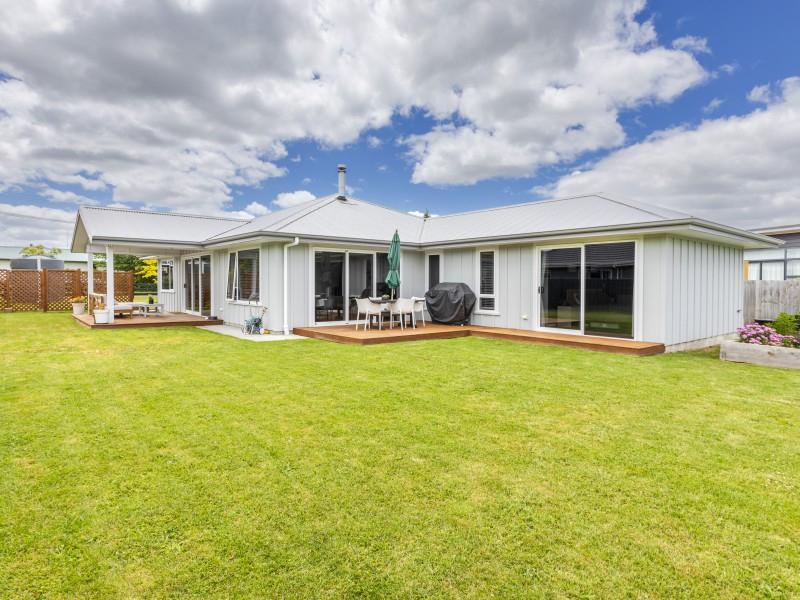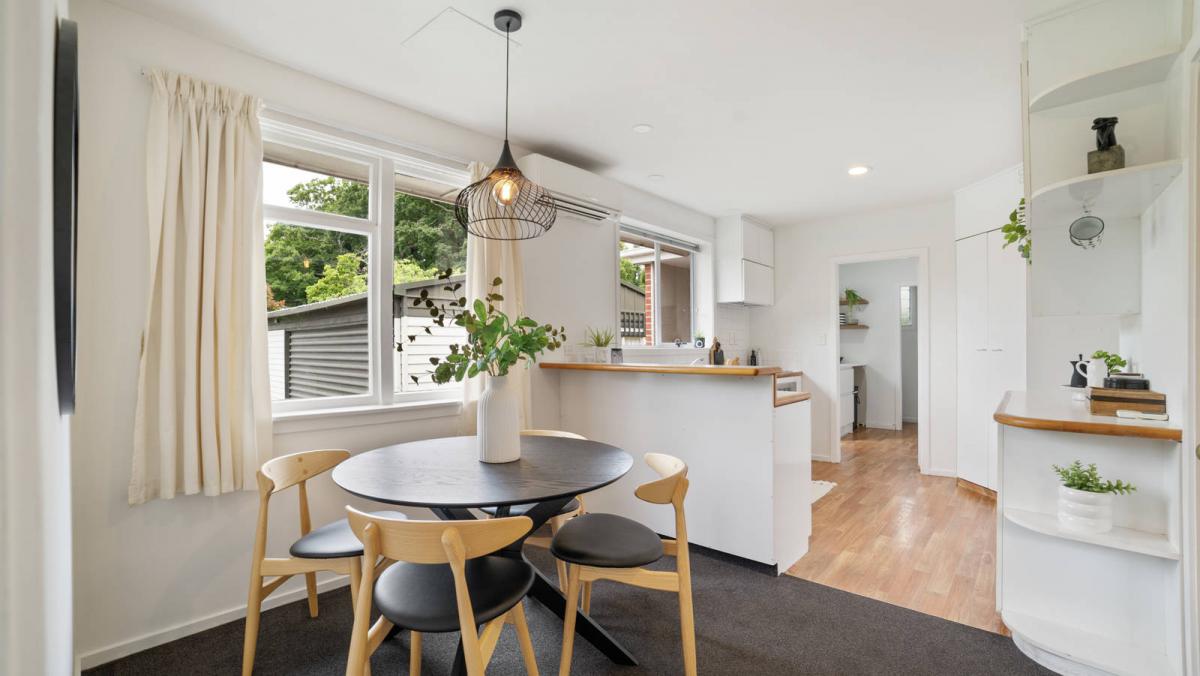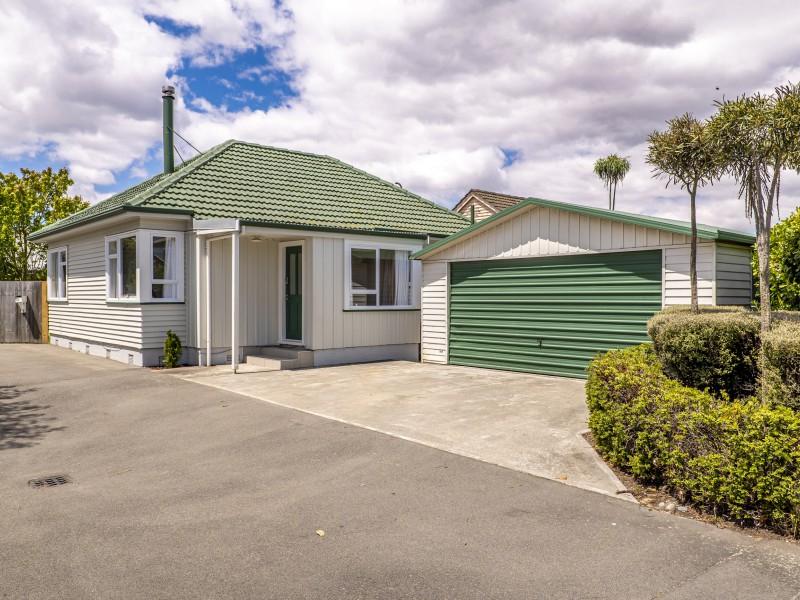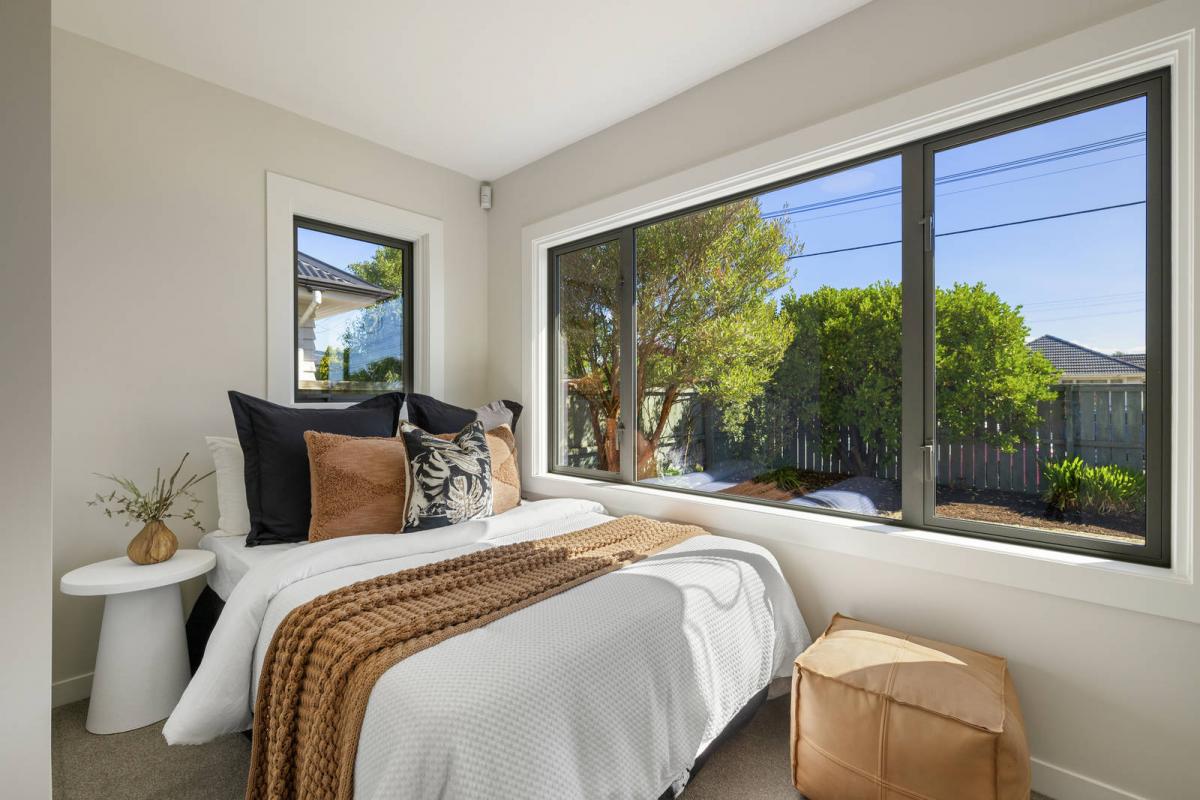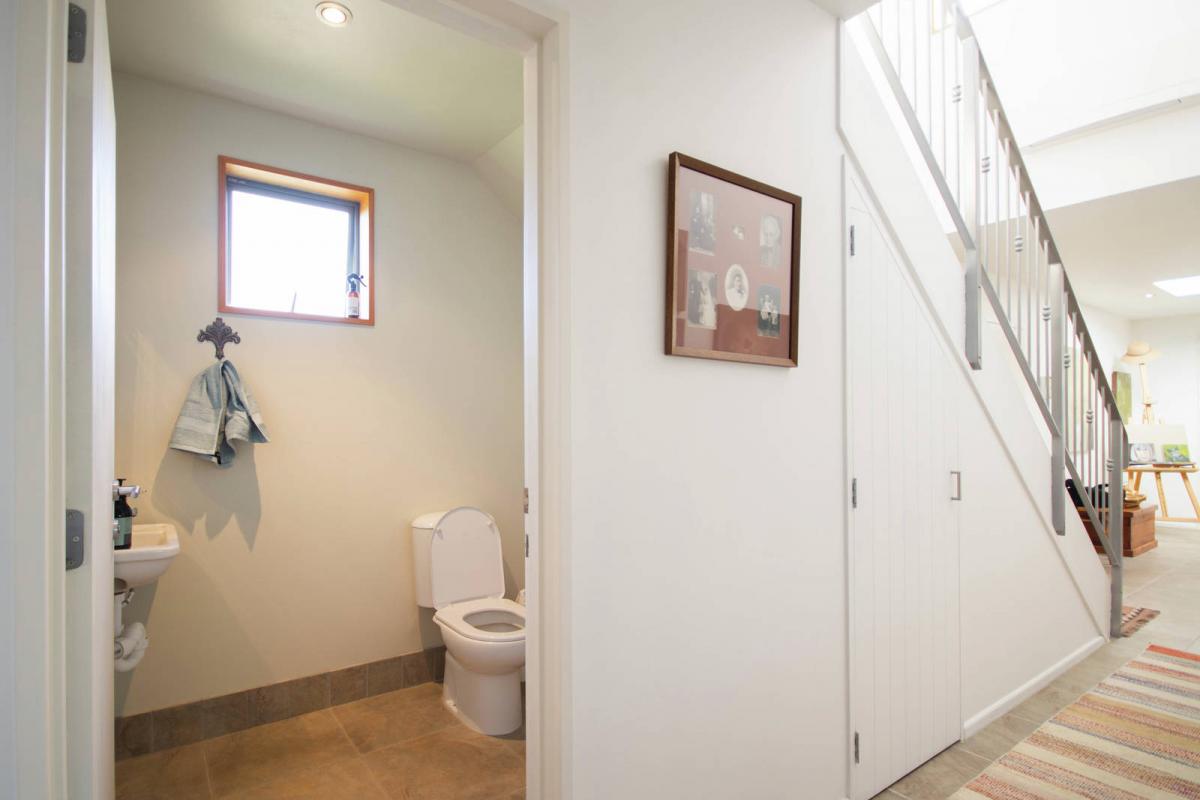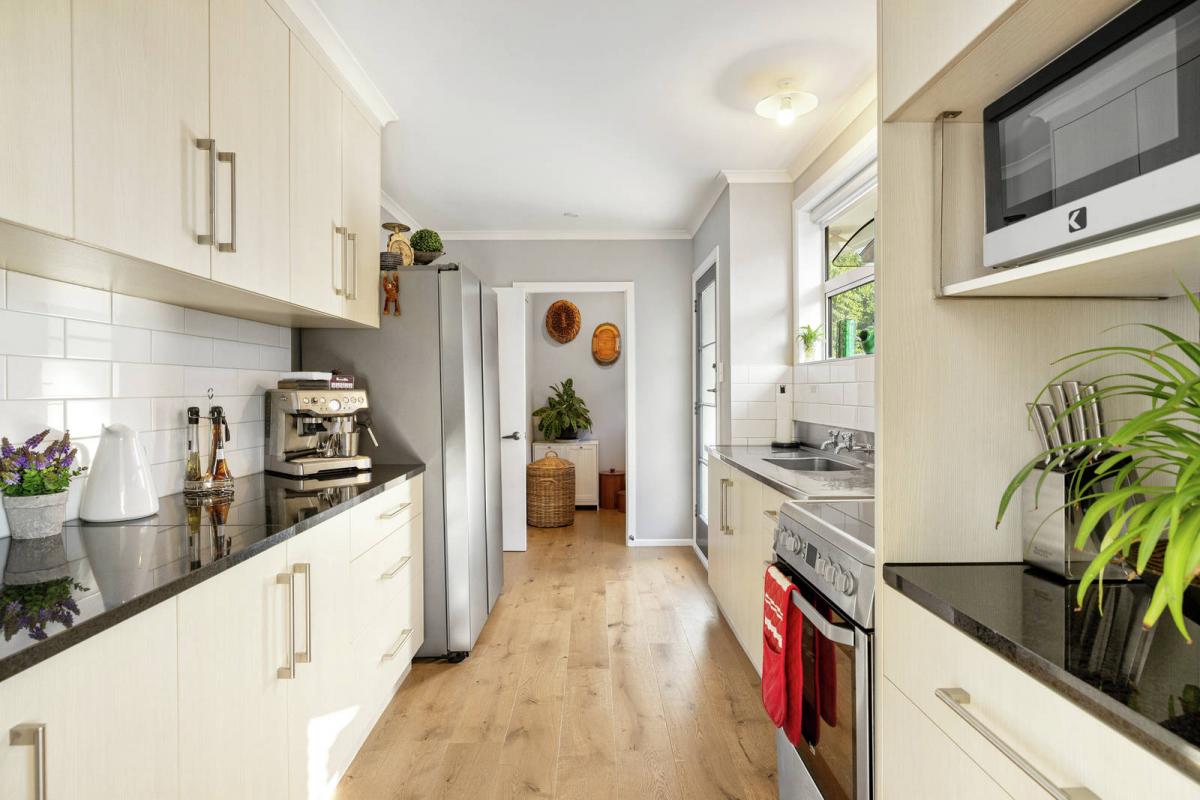LGNZ boss big on localism proposing to scrap community board
By local democracy reporter Max Frethey,
While Local Government New Zealand (LGNZ) has been promoting localism at its national conference, its president’s own council was consulting on scrapping a community board.
LGNZ president Sam Broughton is mayor of Selwyn and, in the district council’s representation review, it’s proposing to disestablish its last community board in Malvern.
Board chairperson Bruce Russell said the proposal was a “bloody disaster” and had caused “unrest” in the community.
“We're fighting like hell which, in my humble opinion, we shouldn't be doing. We should be there,” he said.
Russell said he was “not happy” to hear Broughton speaking on the importance of localism at last week’s LGNZ conference while the community board he sits on is on the chopping block.
Malvern is the largest ward in Selwyn, covering about 5000km2 with a population of more than 8000 spread across 16 communities.
The council’s representation review would not only see the ward’s community board disestablished, but the reduction of its councillors from two to one.
Russell said that arrangement was “unjustified” and would result in unfair representation.
“All we're trying to do is get a better representation for our people,” he said.
“We've got to get local.”
Instead of having the board disestablished, Russell would rather see it delegated more powers so as to be more effective for Malvern.
However, Broughton said localism was present because the proposal was out for consultation.
“It’s about listening to the community,” he said.
“[I’m] keen to hear back from the community on whether they want to have a community board in Malvern.”
The consultation period would also allow input from residents across the district, including from the three other wards which don’t currently have community boards.
“Most members in our community don't have community boards. So, we've said ‘let's go out with an option that says, no community boards’. And if your community wants one, then tell us about it.”
If submissions from Malvern residents were in favour of keeping the community board, Broughton said the council would “listen to the community and answer that feedback”, with a final decision being made before the end of the year.
He added that Selwyn was “too big to be really local”.
“We have to get smaller,” Broughton said.
“Selwyn is one council across 6500 square kilometres. So, actually, the distances that council can be from communities, I think, is a bit of a barrier. Looking to do things more locally is really important.”
He said the council had supported the establishment of residents’ associations in recent years to try and empower communities.
“Next term, we're going to need to think about think about how we work with whoever's elected on council to allow communities more of a say what goes on.”
Selwyn’s population has grown by 13% since its last representation review in 2021 which has resulted in an uneven ratio of councillors to population.
The 2021 review saw 10 councillors for Selwyn who each represented roughly 7000 people each.
The proposal currently out for consultation would reduce the number of councillors to eight and would represent about 10,155 people on average.
*Local Democracy Reporting is local body journalism co-funded by RNZ and NZ On Air
We're talking new year resolutions...
Tidying the house before going to bed each night, meditating upon waking or taking the stairs at work.
What’s something quick, or easy, that you started doing that made a major positive change in your life?

⚠️ DOGS DIE IN HOT CARS. If you love them, don't leave them. ⚠️
It's a message we share time and time again, and this year, we're calling on you to help us spread that message further.
Did you know that calls to SPCA about dogs left inside hot cars made up a whopping 11% of all welfare calls last summer? This is a completely preventable issue, and one which is causing hundreds of dogs (often loved pets) to suffer.
Here are some quick facts to share with the dog owners in your life:
👉 The temperature inside a car can heat to over 50°C in less than 15 minutes.
👉 Parking in the shade and cracking windows does little to help on a warm day. Dogs rely on panting to keep cool, which they can't do in a hot car.
👉 This puts dogs at a high risk of heatstroke - a serious condition for dogs, with a mortality rate between 39%-50%.
👉 It is an offence under the Animal Welfare Act to leave a dog in a hot vehicle if they are showing signs of heat stress. You can be fined, and prosecuted.
SPCA has created downloadable resources to help you spread the message even further. Posters, a flyer, and a social media tile can be downloaded from our website here: www.spca.nz...
We encourage you to use these - and ask your local businesses to display the posters if they can. Flyers can be kept in your car and handed out as needed.
This is a community problem, and one we cannot solve alone. Help us to prevent more tragedies this summer by sharing this post.
On behalf of the animals - thank you ❤️

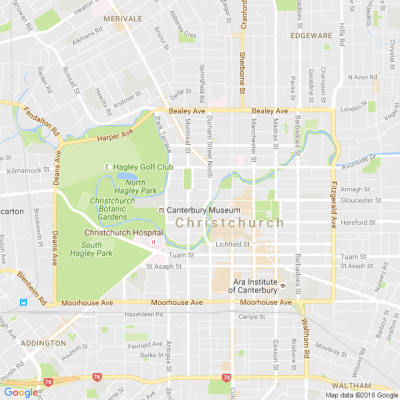
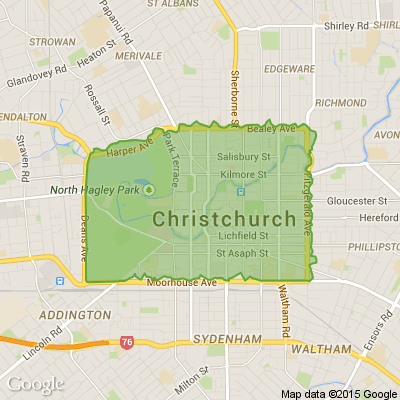







 Loading…
Loading…